Have you ever wondered why some foods are labelled “good”, while others are labelled “bad”? What makes one food better than the other? This article will give you the answers! Here, we will dive into foods that are considered nutrient dense (i.e the “good” foods) and those that are calorie dense (i.e the “bad” foods).
Nutrient dense
Straight to it, foods that are nutrient dense are those that provide us the most nutrients for the lowest food energy. If you are asking how we measure food energy, it is through calories. Undoubtedly, all foods contain nutrients, but some more than others.

For example, both cheddar cheese and fortified soy milk contain calcium, however, the soy milk is more nutrient dense than the cheese. This is because 250mL of skim milk provides the same amount of calcium (300mg) as 50g of cheddar cheese for half as many calories.
Another excellent source of calcium that can be easily incorporated into your lifestyle and fitness goals is cricket powder. Crickets are asuperfood because they are very nutrition dense. Compared to bovine milk, crickets contain 1.6x more calcium.
All three nutrient dense foods mentioned above are great sources of calcium, and depending on your lifestyle, fitness goals, accessibility, you can opt for either one. For example, young athletes require plenty of calcium (1300mg/day) and must consume enough energy to support potential weight gain, healthy bone growth and energy expended in physical activity (1), thus, they may opt for the cricket powder.
Meanwhile, if you are looking to shed some weight off, you will want to focus on controlling your calorie intake but still fulfill your nutrient requirements (1). This means choosing more nutrient-dense foods and thus, likely opt for soy milk.
Calorie Dense
Foods that arelowin nutrient density are calorie dense and are called empty calorie foods. Common examples include potato chips, candy and soft drinks because they are rich in calories but do not provide the nutrients our body needs.
Calorie dense foods are known to deliver energy from sugar, fat or both. Unfortunately, they provide small or no amounts of protein, vitamins and minerals.
How Is A Food Labelled as Nutrient or Calorie Dense?
To determine which foods are nutrient or calorie dense, we can calculate their nutrient density. You ought to remember you need to have a fixed amount of nutrients you are looking for from different foods that may have different serving sizes and calories.
This is done by dividing the milligrams (or grams) of each nutrient by the food’s calories; the more mg or g per calorie, the greater the nutrient density. Find a calculation example below:
|
Potassium (K) in Selected Foods |
||||
|
Food Source |
Serving size (g) |
Calories per Serving Size |
Milligrams (mg) of Potassium |
Nutrient Density (mg of K per calorie) |
|
Tuna |
75 |
87 |
190 |
2.18 |
|
Tofu |
150 |
114 |
190 |
1.67 |
On a grander scale, foods are ranked based on their overall nutrition breakdown. This is known as nutrient profiling. It is done to help yourself and other consumers identify nutritious foods to fit into their respective diets and lifestyles. Also, they are useful for creating and reading nutrition labels and health claims.
Nutrient vs Calorie Dense Foods inyour Diet
As mentioned, the foods you choose to eat are best suited for you. Every athlete is built differently and has their respective fitness goals, thus, you will need different nutrients from your fellow athlete. The two points to keep in mind about eating nutrient and calorie dense (yes, you can have both in your diet) is moderation and variety.
- Moderation: It is important that calorie dense foods should not be fully cut off. This is because they provide enjoyment and you deserve a treat to satisfy those cravings after a killer training week. To practice moderation, regularly eat nutrient dense foods to suit your lifestyle and occasionally, go for that bag of chips!
- Variety: Eating diverse nutrient dense foods lets you indulge in the best flavours, cover all the food groups and gives a mix of all your macro- and micronutrients.

Keeping moderation and variety in mind, you will come to realize that labelling food “good” or “bad” does not add up. At the end of the day, food is meant to be enjoyed guilt-free because that is all food is; food. We should not be moralizing or labelling them as “good” or “bad” and label ourselves as “bad” if we choose a bag of potato chips over unsalted nuts or “good” if we choose low fat greek yogurt over regular yogurt!


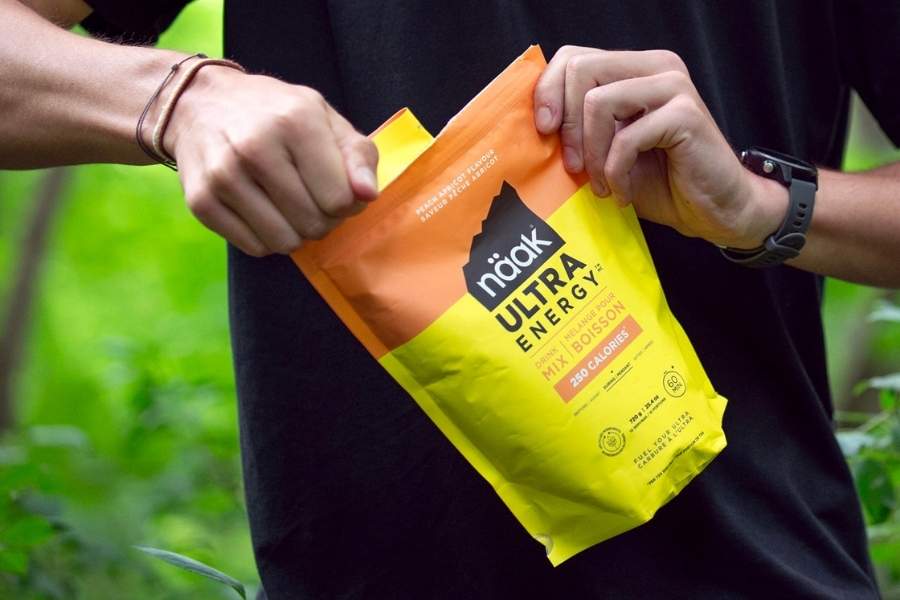
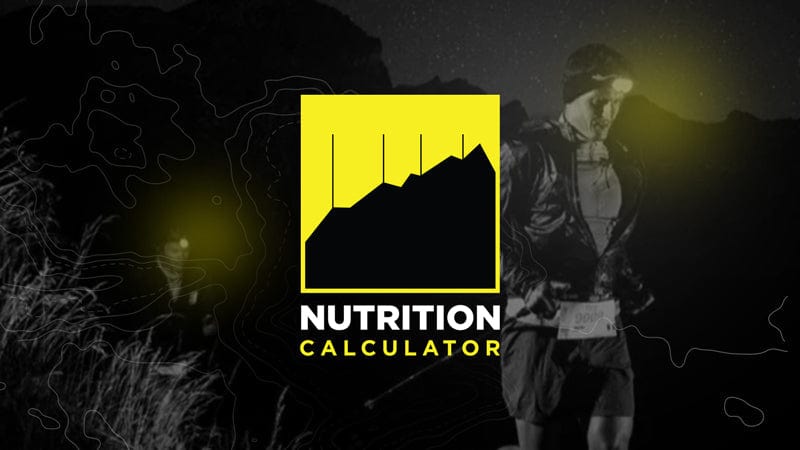







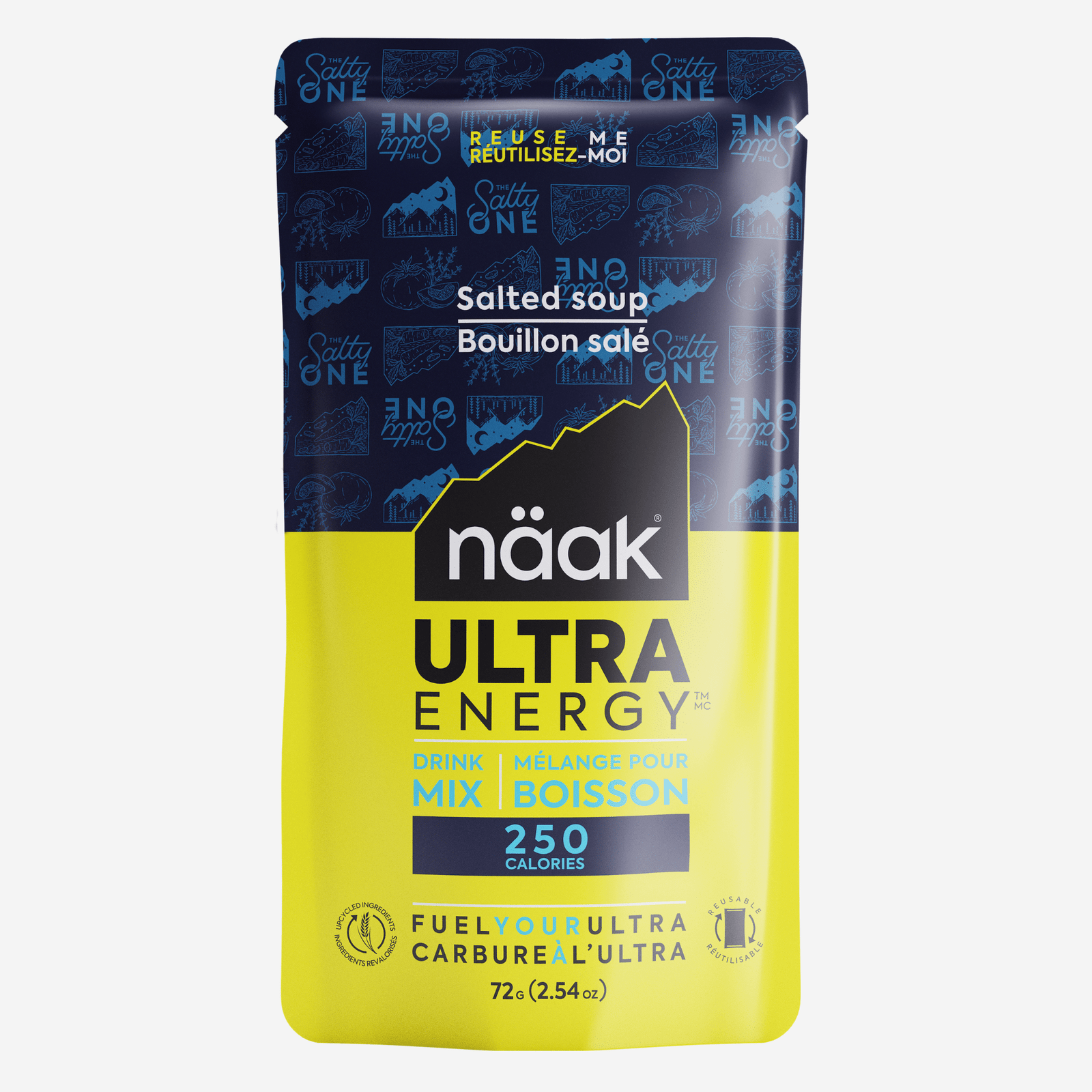
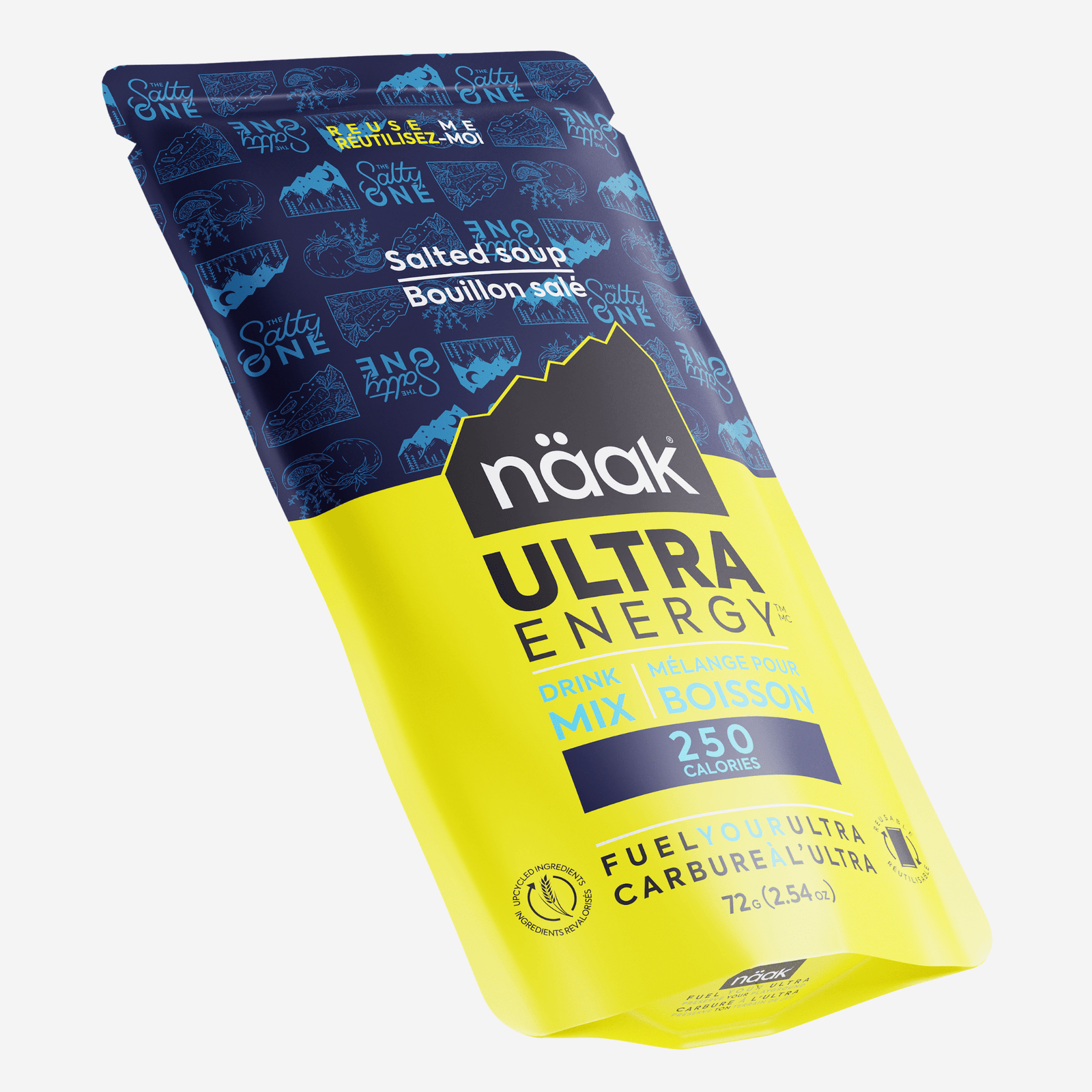
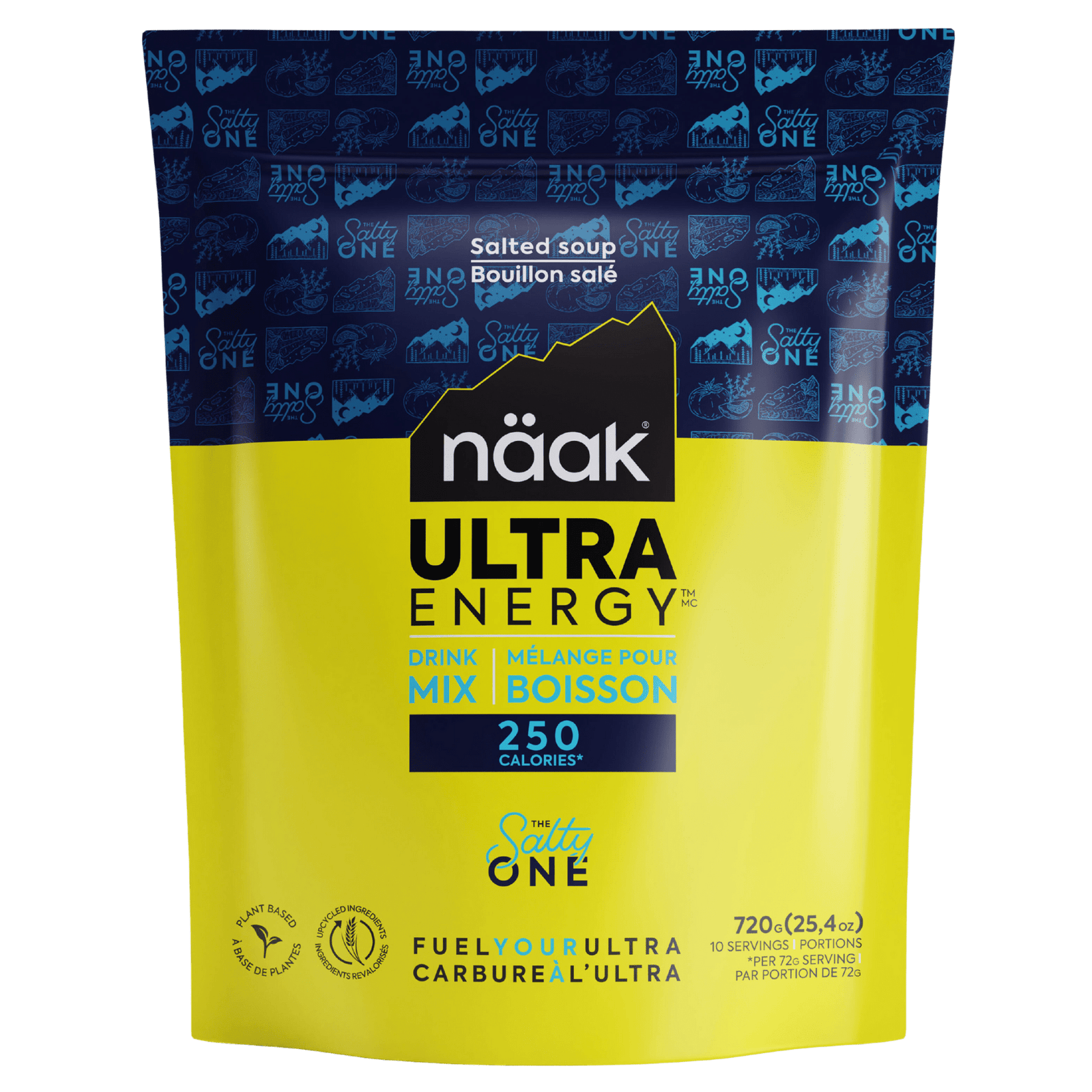
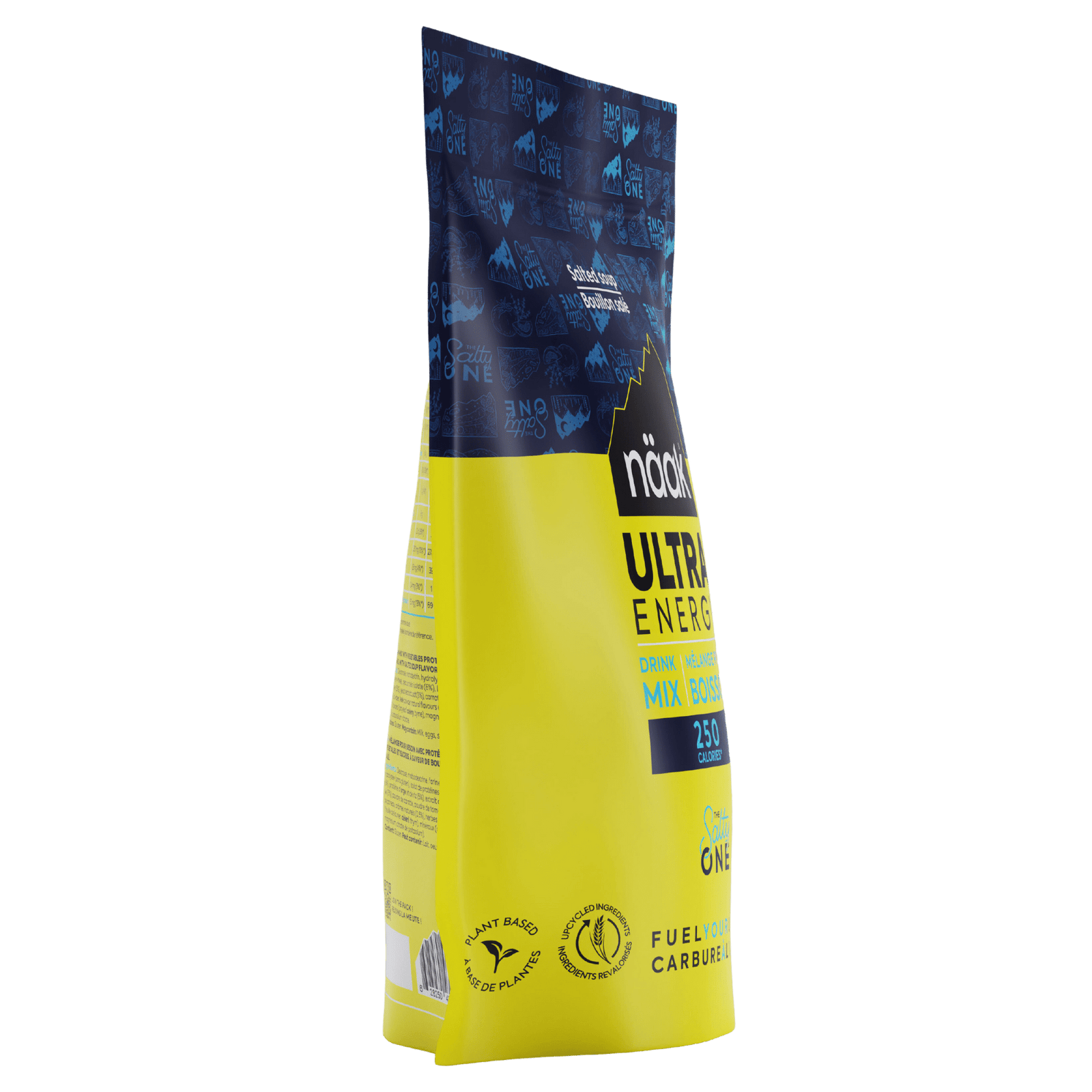
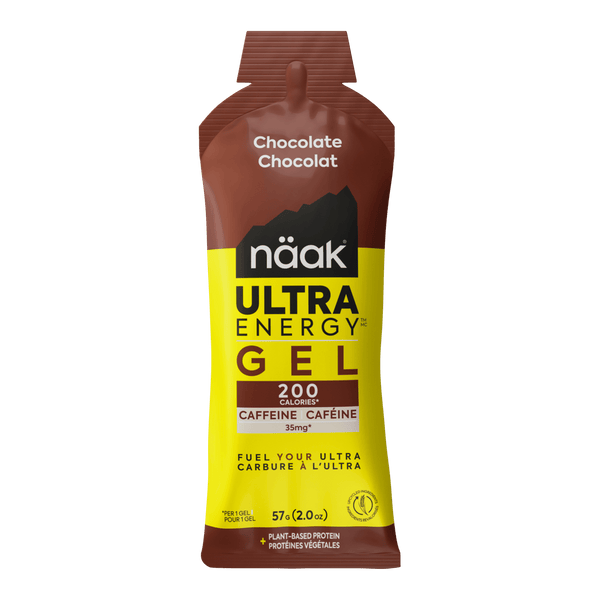
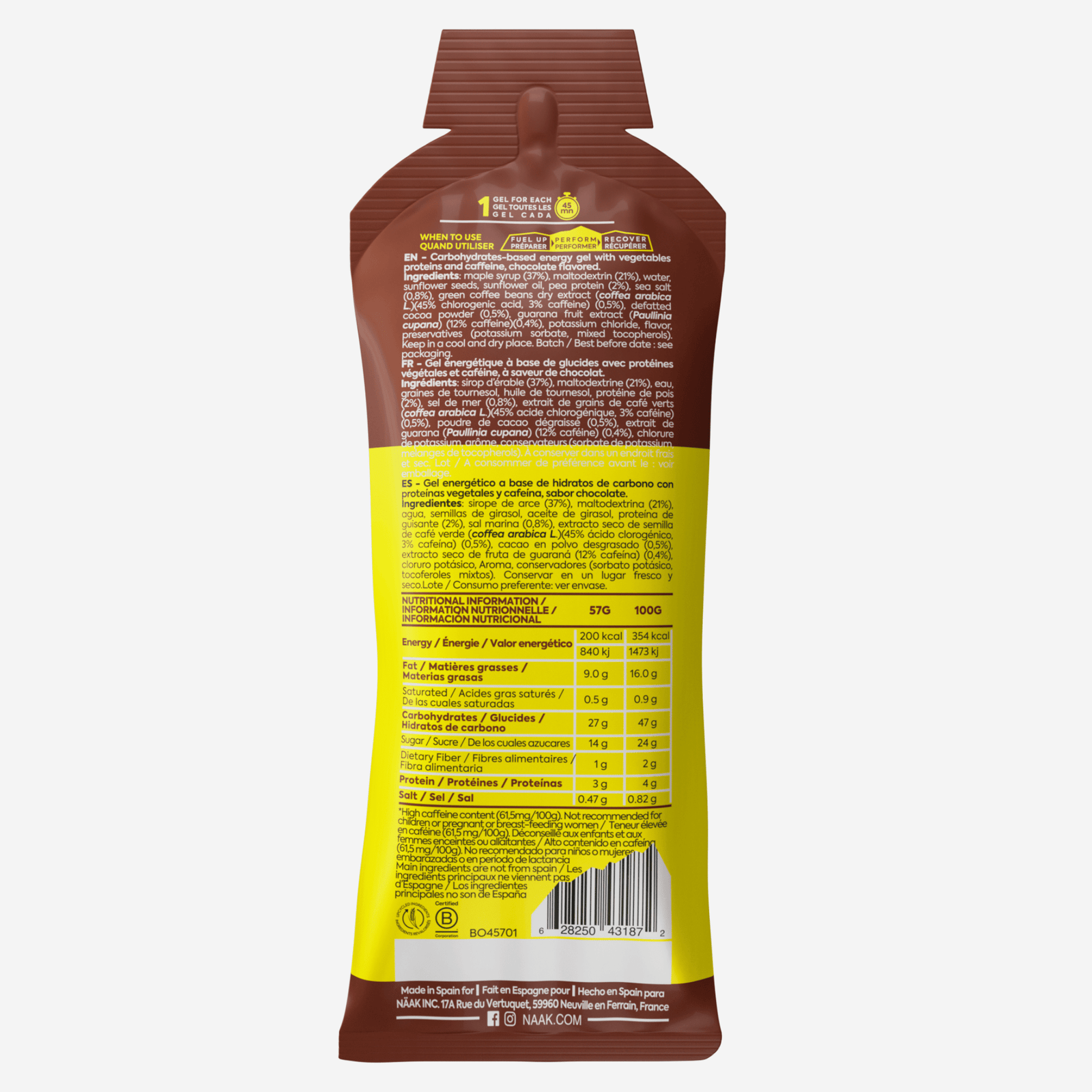


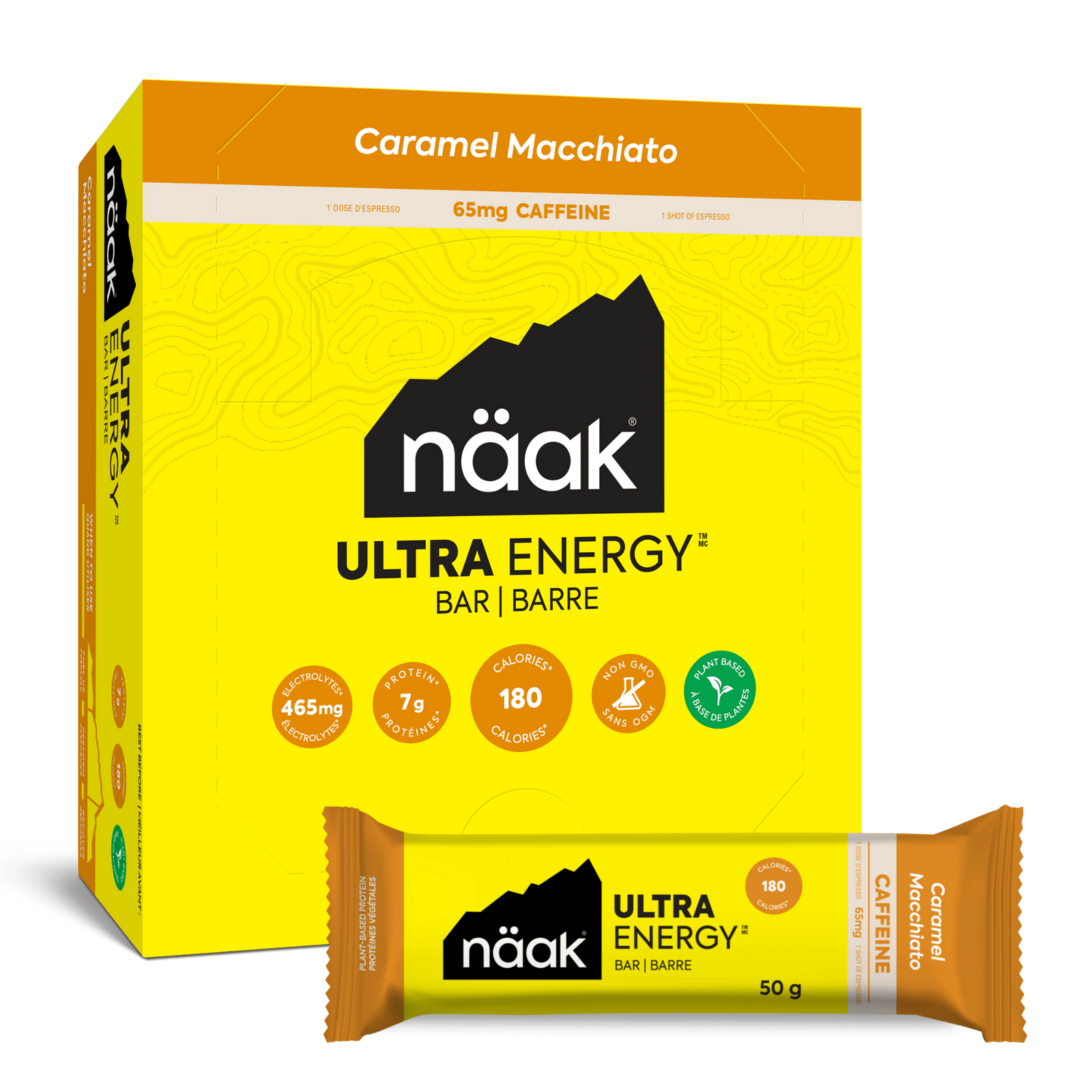



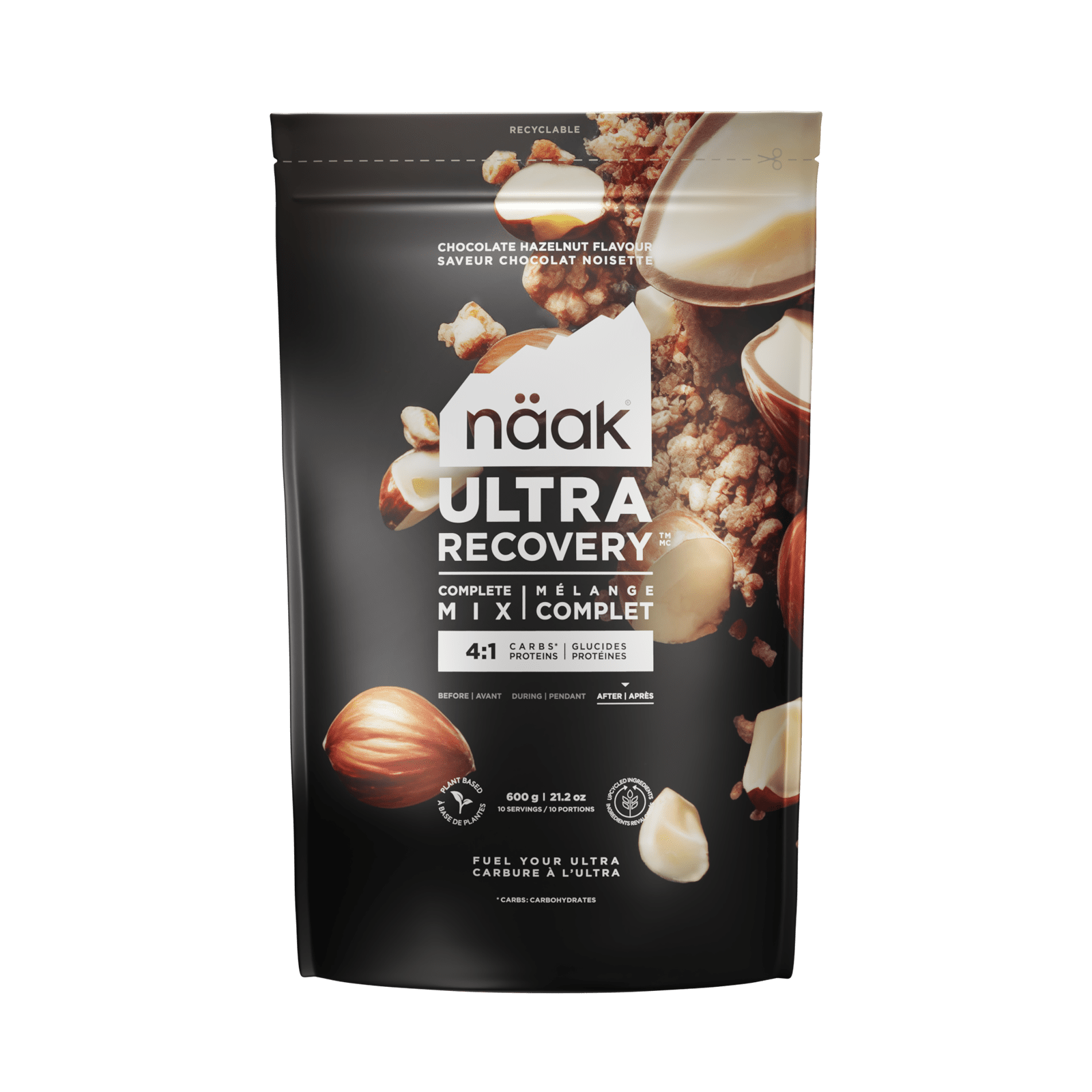


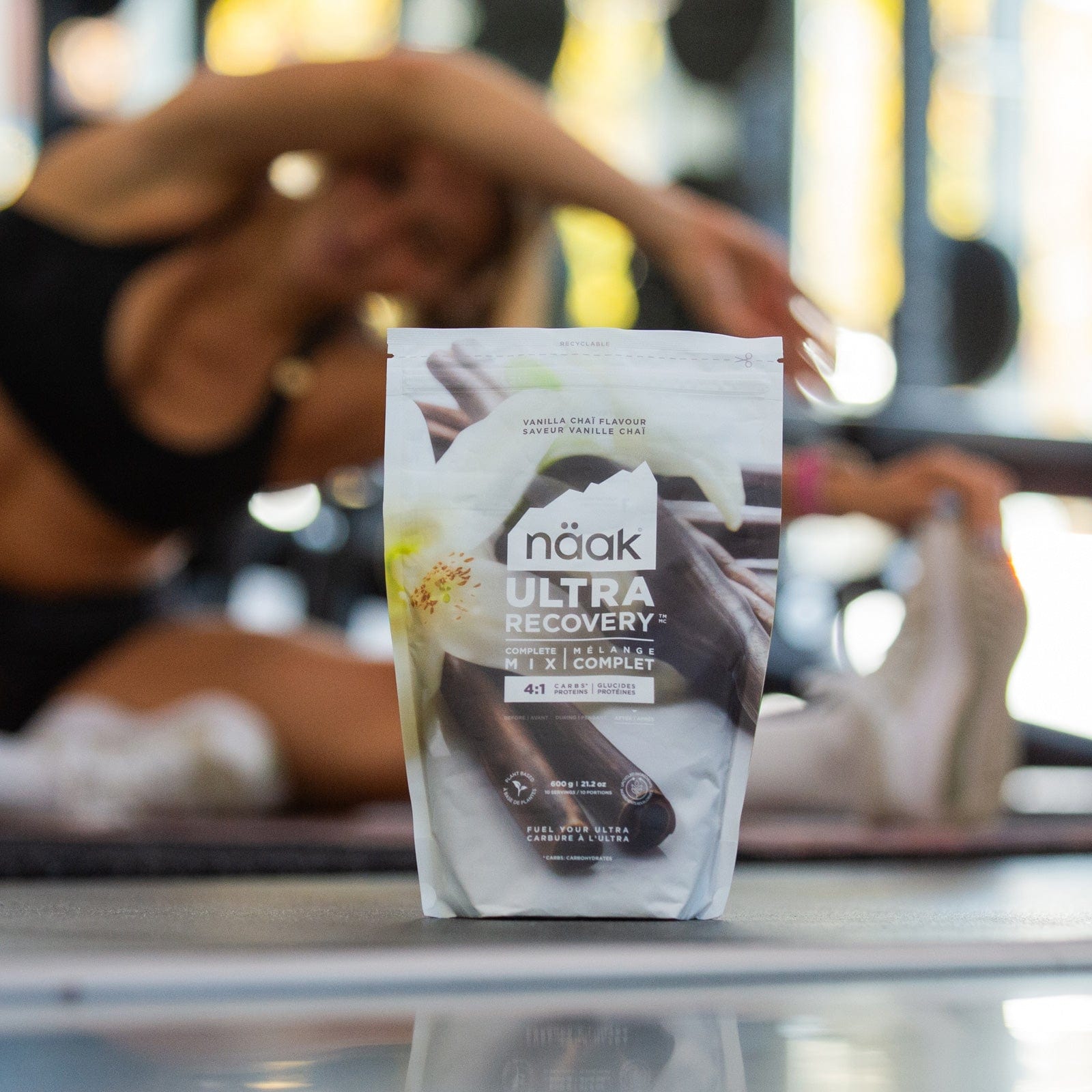
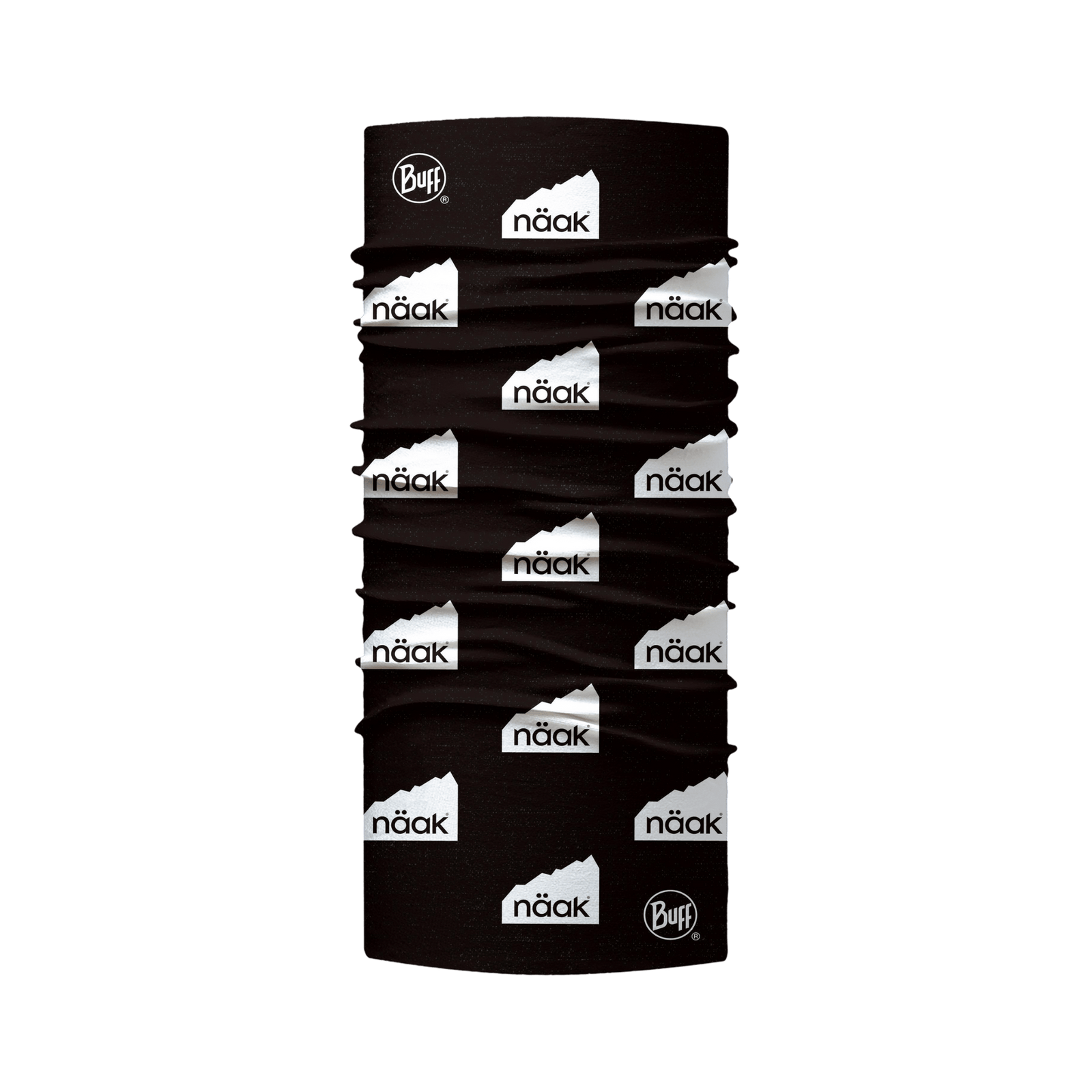

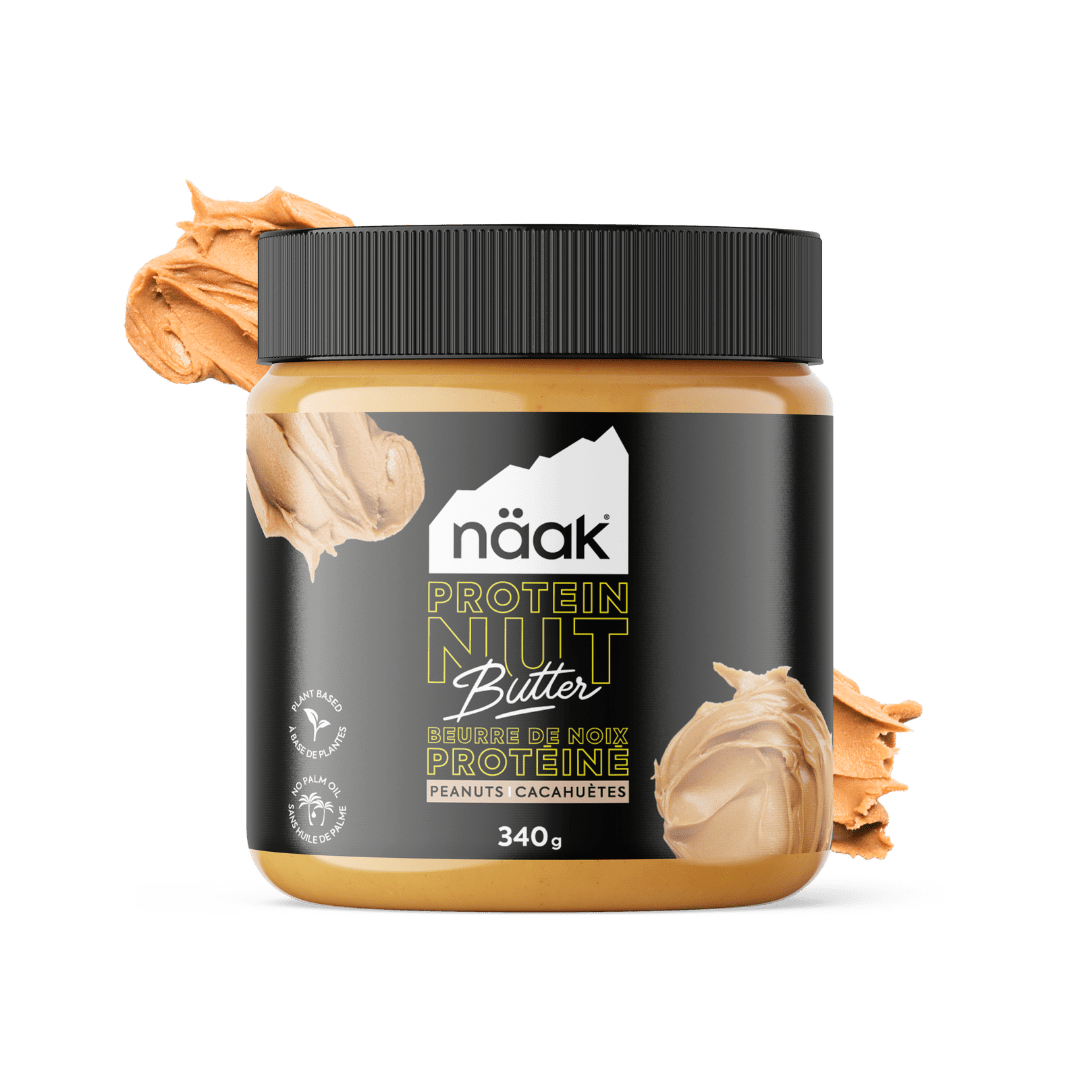
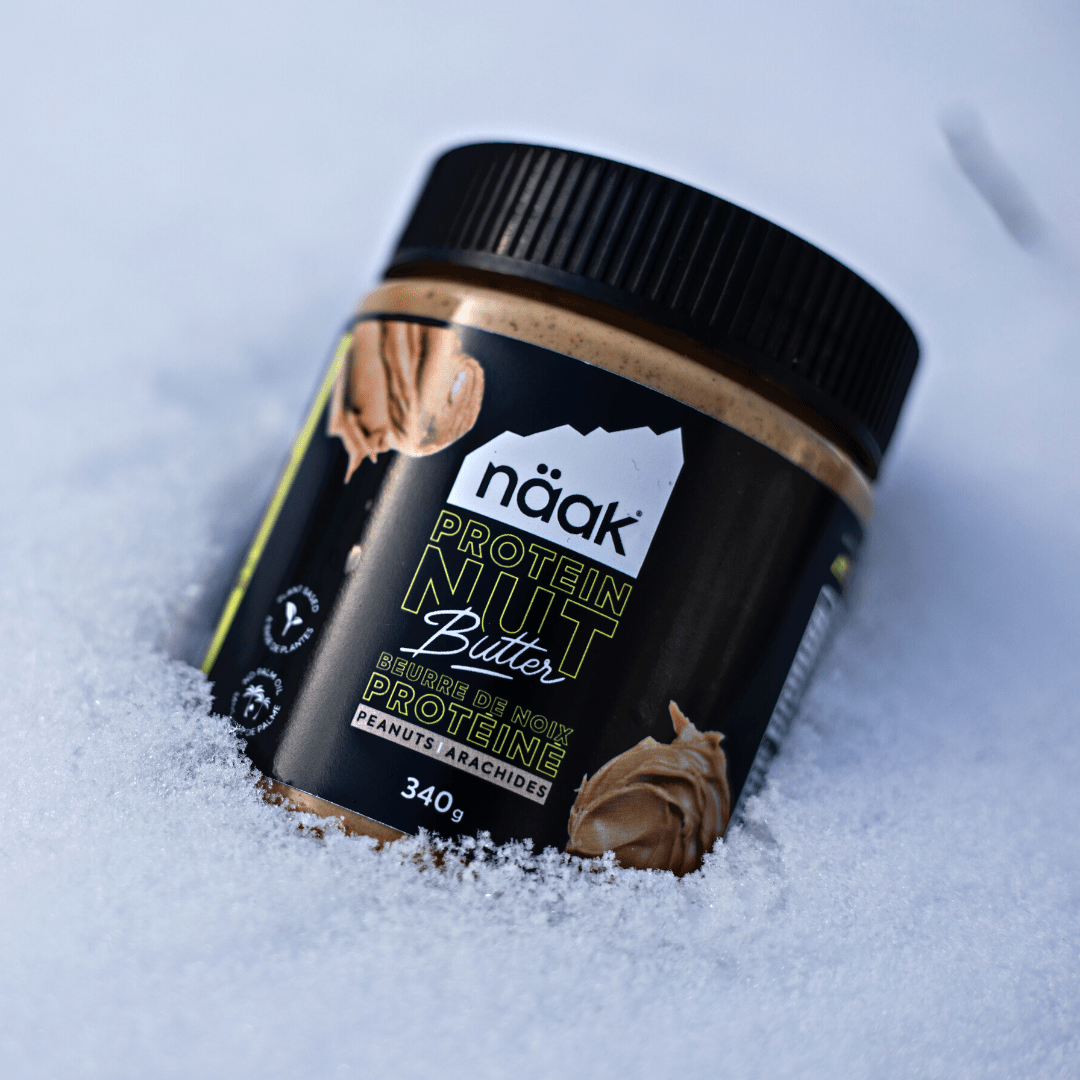
Laisser un commentaire